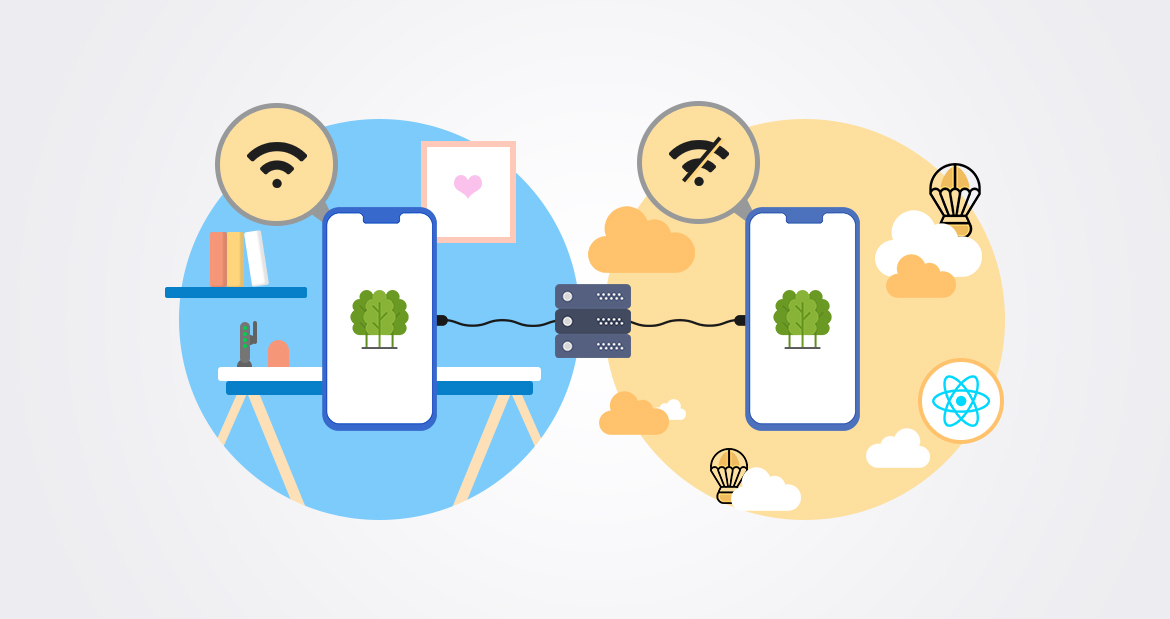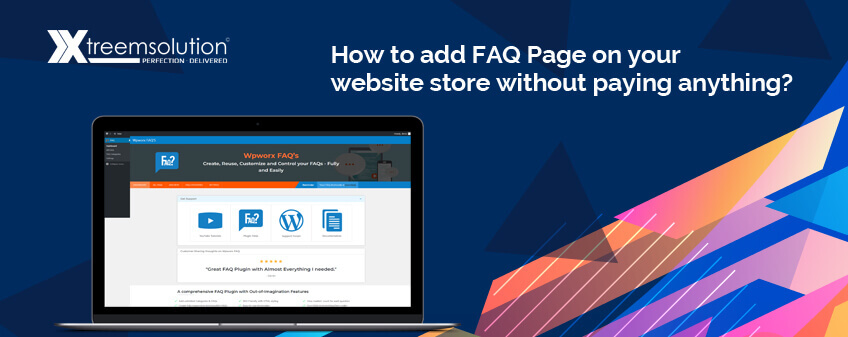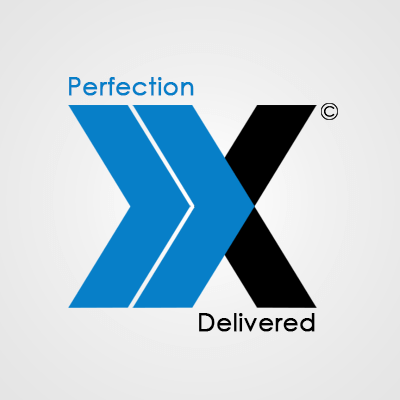Android is one of the widely used mobile operating system, developed by Google for several smartphones and tablets. It is based on Linux kernel and was developed way back in 2005. It got its popularity in 2007. The very first commercial Android device came into the market in 2008 after which the OS has gone through several releases. The latest and the current version is the Android 7.0 Nougat, released in 2016.
There are more than 2 billion active Android users and there are more than 2.7 million apps available on the Android Playstore.
Just like Google has teamed up with Nestle for naming its version 4.4 KitKat, this time the search giant has tied up with Mondelez as co-branding naming it Android 8.0 Oreo.
The Android 8.0 Oreo code is going to be uploaded by its engineers to the Android open-source project and the software updates for Pixel and Nexus will be done soon. The final software will be provided to the devices that are enrolled with Android Beta Program.
Android 8.0 Features
Android 8.0 Oreo has the latest features like:
- Built in Google play
- Faster boot speed
- Notification dots: Extends the reach of notification and offers a new way to surface the activity in apps. Dots always work with zero effort and you can even extract the color from the icon.
- Picture-in-picture support: The user can manage two tasks simultaneously on any size of the screen. It is easier for apps to support.
- Limits the background on over usage of battery by apps
- Autofill system-wide: Simplifies the users set up for a new device and synchronizes the passwords.
- Supports Android instant apps
- Redesigned emoji (more than 60 new icons): The emoji are redesigned for its users.
By the end of the year, many high tech companies like HTC, Kyocera, Motorola, Samsung, Sony, HMD Global, Essential and many more will be upgrading to Android Oreo. Blackberry has already come up with Keyone which gets an Android Oreo update.
There are many capabilities of this new version, and those are:
- Autosizing textview: This can autofill the Textview with the text and is regardless of the amount. One can create a pre-set text size and the text grows and fills the available TextView space.
- Downloadable Fonts: One can load fonts from the provider and support library manages the fonts and shares them across the apps. It can also support the downloadable emoji and can get unlimited in the device.
- XML font: Fonts are fully supported resource type. They can be used in XML layouts.
- Icons: Now you can create adaptive icons that are displayed by the system in different forms based on the mask opted by the device manufacturer. It also animates the interaction and uses in shortcuts, settings, launcher, and dialogs in the overview screen.
- Shortcut Pinning: This activity is confirmed and complete with custom options. The home screen widgets and shortcuts are best for users and now they can let its users add and pin the shortcuts & widgets to launcher within the app.
- Wide-gamut Colour: The devices that have wide-gamut color display have got a new benefit with Android 8. They can image the apps with this new weapon and to display the images, enable a flag in the manifest file and load the bitmaps with the embedded wide color profile.
- Enhancements in Web View: Web View multiprocessor mode is enabled to an API to let the app handle crashes and errors. The Web View objects can be opted to verify URLs through safe browsing.
- Runtime optimizations and Java 8 Language APIs: It supports a new Java language APIs which includes new java.time API. The runtime is faster than before with improvisation of up to two times of some application bench marks.
How it’s different from last android version?
- The notification in Android Oreo comes in notification channel. The app classifies the notifications and it is more organized.
- Android Oreo snoozes the notifications by just sliding the snooze icon in the right.
- It enables the users to change and operate the settings quickly. In other versions, users have to click the icons to change and view the settings respectively.
- The battery optimization is an added improvement. More restrictions are kept up on the apps that keep running the background and eventually drains the battery of the smart phone.
- Location update restrictions are made stricter in Android Oreo than the previous versions.
What are you waiting for? Start upgrading your current app from Google Play on to your device and test it. The app should be running great and make sure you handle the software properly. Pay attention to notification channels, background location limits and changes in security, identifiers, and networking.
Gear up for the next biggest update of the year. Visit Google’s main Android 8.0 page here for more on the new version.








